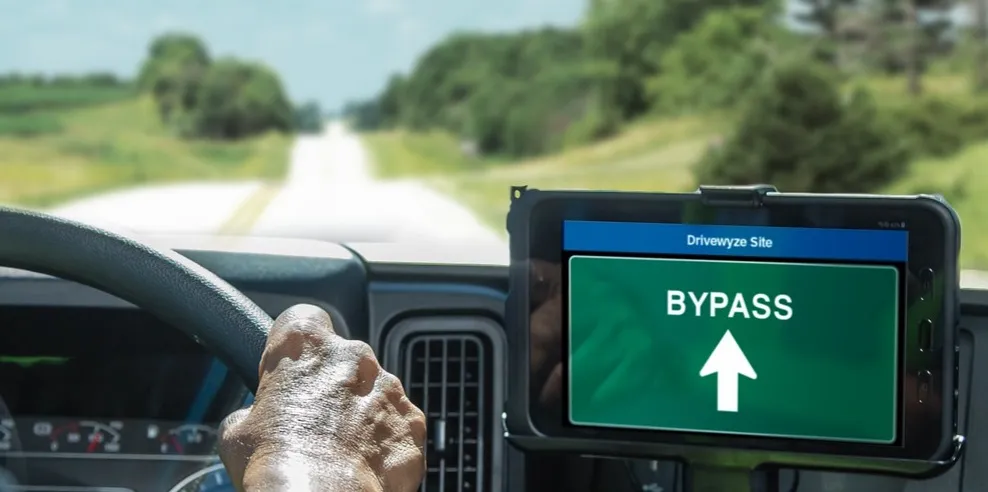Quarterhill subsidiary
The stations will be used by the Saskatchewan Ministry of Highways and Infrastructure to monitor and screen commercial vehicles based on weights and dimensions. Under the contract, IRD will supply and install an integrated system using its bending plate weigh in motion (WIM) scales with licence plate readers and overview and side door image cameras. The pre-screening systems will be located at various points along the Regina Bypass and will be remotely linked and controlled at a data management centre.
The Regina Bypass is a US$1.5 billion (CA$1.88 billion) public-private partnership project and the largest infrastructure project in Saskatchewan’s history. The project includes 12 overpasses, 60 km of four-lane highway, and 55 km of new service roads.
International Road Dynamics to supply WIM stations for Canadian bypass project
Quarterhill subsidiary International Road Dynamics (IRD) has been awarded a contract valued at US$1.6 million (CA$1.95 million) to supply four commercial vehicle pre screening stations for the Regina, Saskatchewan Bypass project in Canada.
The stations will be used by the Saskatchewan Ministry of Highways and Infrastructure to monitor and screen commercial vehicles based on weights and dimensions. Under the contract, IRD will supply and install an integrated system using its bending plate weigh in motion
August 30, 2017
Read time: 1 min










